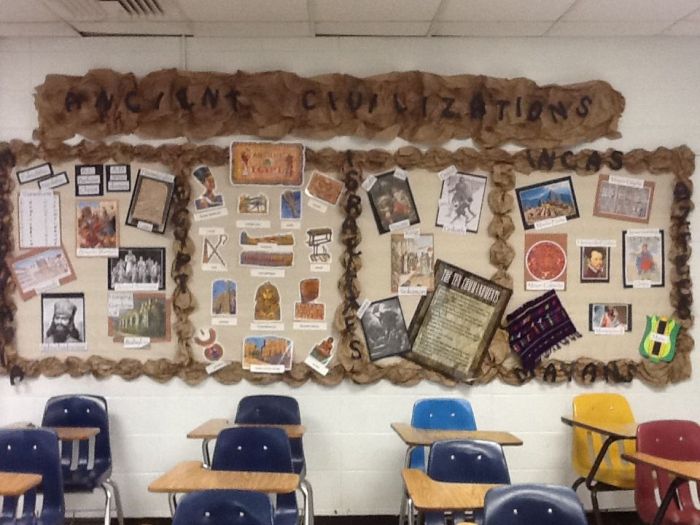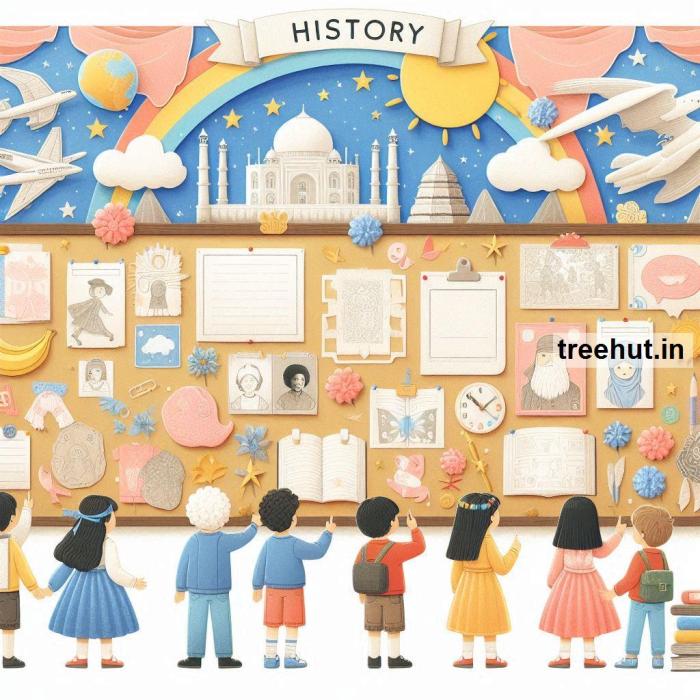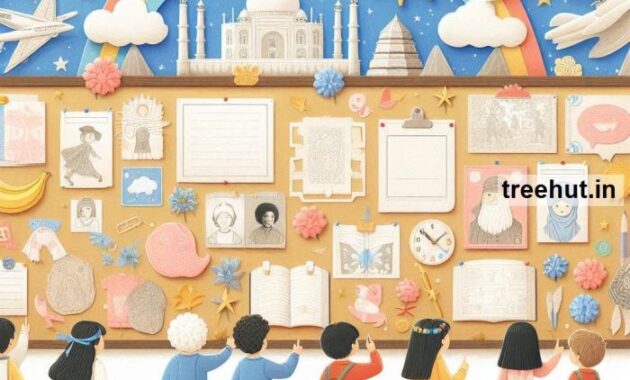How to decorate a 7th grade history room – When it comes to decorating a 7th grade history room, there are many factors to consider in order to create an engaging and educational environment for students. From historical artifacts to interactive displays, there are endless possibilities for transforming a bland classroom into a vibrant learning space. In this comprehensive guide, we will explore tips and strategies for decorating a 7th grade history room that will captivate students’ attention and enhance their learning experience.
Looking to spruce up your 3 sided entry room? Check out these creative tips on how to decorate a 3 sided entry room to make the most of this unique space. From choosing the right color scheme to arranging furniture strategically, this guide will help you transform your entry room into a stylish and welcoming area.
1. Theme and Color Scheme

One of the first steps in decorating a history room is to choose a theme and color scheme that reflects the time period or historical events being studied. Consider using colors and decorations that are historically accurate and relevant to the curriculum.
2. Historical Artifacts
Incorporating authentic historical artifacts can bring history to life for students. Consider displaying items such as maps, documents, and photographs from the time period being studied. These artifacts can help students connect with the past in a tangible way.
If you’re wondering how to decorate a 3 sided entry room, there are plenty of creative ways to make the most of this unique space. From choosing the right furniture placement to adding decorative accents, how to decorate a 3 sided entry room requires a strategic approach. Consider using mirrors to create the illusion of more space and incorporating plants for a touch of greenery.
Don’t forget to play with lighting to enhance the ambiance of the room.
3. Interactive Displays
Create interactive displays that allow students to engage with history in a hands-on way. Consider setting up a timeline of key events, a replica of a historical setting, or a scavenger hunt to encourage exploration and critical thinking.
4. Student Involvement
Get students involved in the decorating process by having them create artwork, research projects, or presentations that can be displayed in the history room. This not only personalizes the space but also empowers students to take ownership of their learning environment.
5. Utilize Technology
Incorporate technology into the history room by using interactive whiteboards, multimedia presentations, or virtual reality experiences to enhance students’ understanding of historical events. This can help make history come alive in a modern and engaging way.
6. Flexible Seating
Consider incorporating flexible seating options such as bean bags, floor cushions, or standing desks to create a more dynamic and comfortable learning environment. This can help students stay engaged and focused during lessons.
7. Incorporate Literature
Integrate historical literature, novels, or primary sources into the decor of the history room to inspire students’ curiosity and love for reading. Consider creating a cozy reading nook or book display to encourage exploration of historical texts.
8. Visual Aids
Use visual aids such as posters, maps, charts, and diagrams to help students visualize historical concepts and events. These visual cues can reinforce learning and make complex ideas more accessible to students.
9. Create a Learning Center: How To Decorate A 7th Grade History Room
Designate a space in the history room as a learning center where students can access additional resources, books, or multimedia materials related to the curriculum. This can encourage independent research and exploration.
10. Celebrate Diversity
Highlight the diverse perspectives and contributions of different cultures and communities throughout history by incorporating decorations and materials that reflect a variety of voices and experiences. This can help create a more inclusive and representative learning environment for all students.
By following these tips and strategies, educators can create a 7th grade history room that is not only visually engaging but also fosters a deep appreciation for the past and encourages active learning. By incorporating historical artifacts, interactive displays, student involvement, technology, flexible seating, literature, visual aids, learning centers, and a celebration of diversity, teachers can transform a traditional classroom into a vibrant and immersive learning space.
Conclusion
In conclusion, decorating a 7th grade history room requires thoughtful planning, creativity, and a deep understanding of the curriculum. By incorporating a variety of strategies such as theme and color scheme selection, historical artifacts, interactive displays, student involvement, technology integration, flexible seating, literature integration, visual aids, learning centers, and a celebration of diversity, educators can create a dynamic and engaging learning environment that inspires students to explore the past and make meaningful connections to the present.
FAQs
1. How can I involve students in the decorating process?, How to decorate a 7th grade history room
Consider assigning student-led projects, art assignments, or research tasks that allow students to contribute their creativity and knowledge to the history room decor.
2. What are some examples of historical artifacts to display in a history room?
Examples of historical artifacts include letters, photographs, clothing, tools, documents, and artwork from the time period being studied.
3. How can technology be effectively integrated into a history room?

Technology can be integrated through interactive whiteboards, multimedia presentations, virtual reality experiences, online research tools, and educational apps that enhance students’ understanding of historical events.
4. Why is it important to celebrate diversity in a history room?
Celebrating diversity in a history room helps students see the complexity and richness of different cultures, perspectives, and experiences throughout history, fostering a more inclusive and empathetic learning environment.
5. How can visual aids enhance students’ understanding of historical concepts?
Visual aids such as posters, maps, charts, and diagrams can help students visualize complex historical concepts, events, and timelines, making abstract ideas more concrete and accessible to learners.

